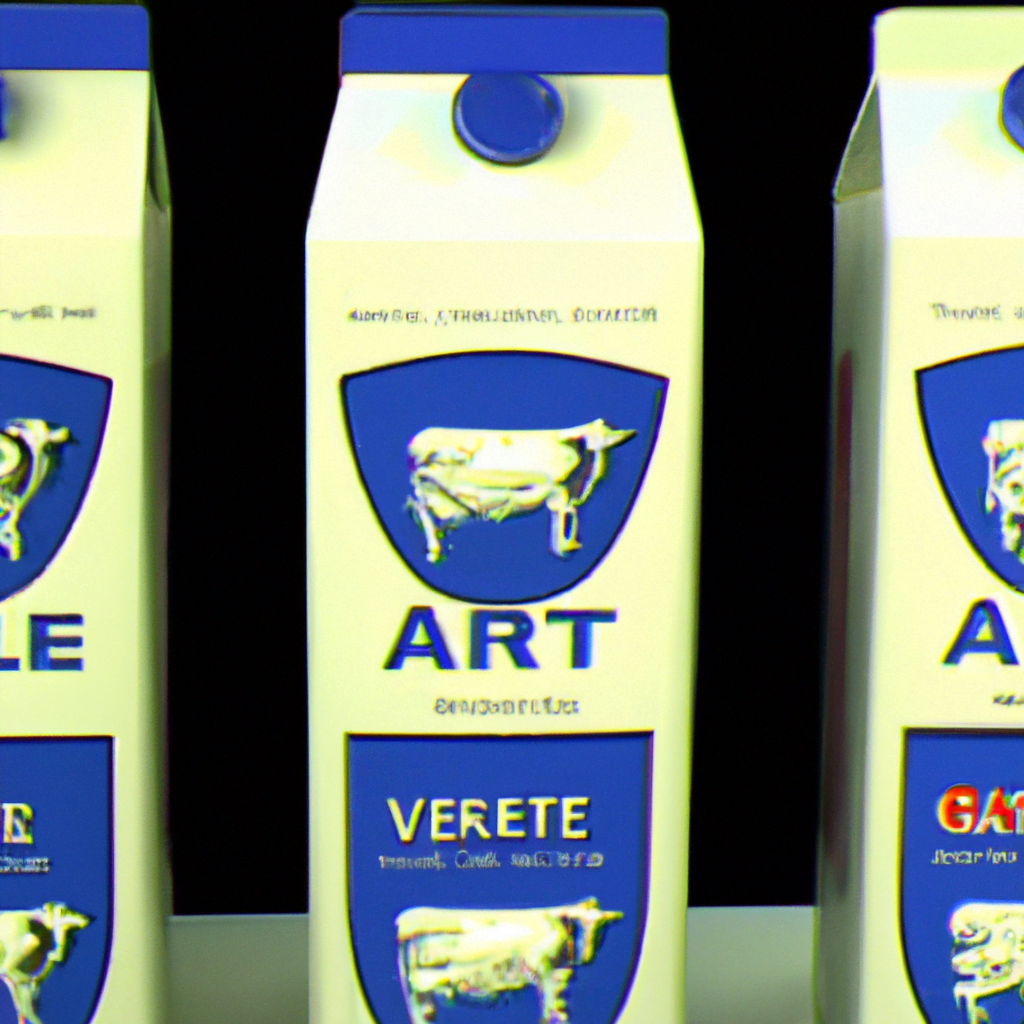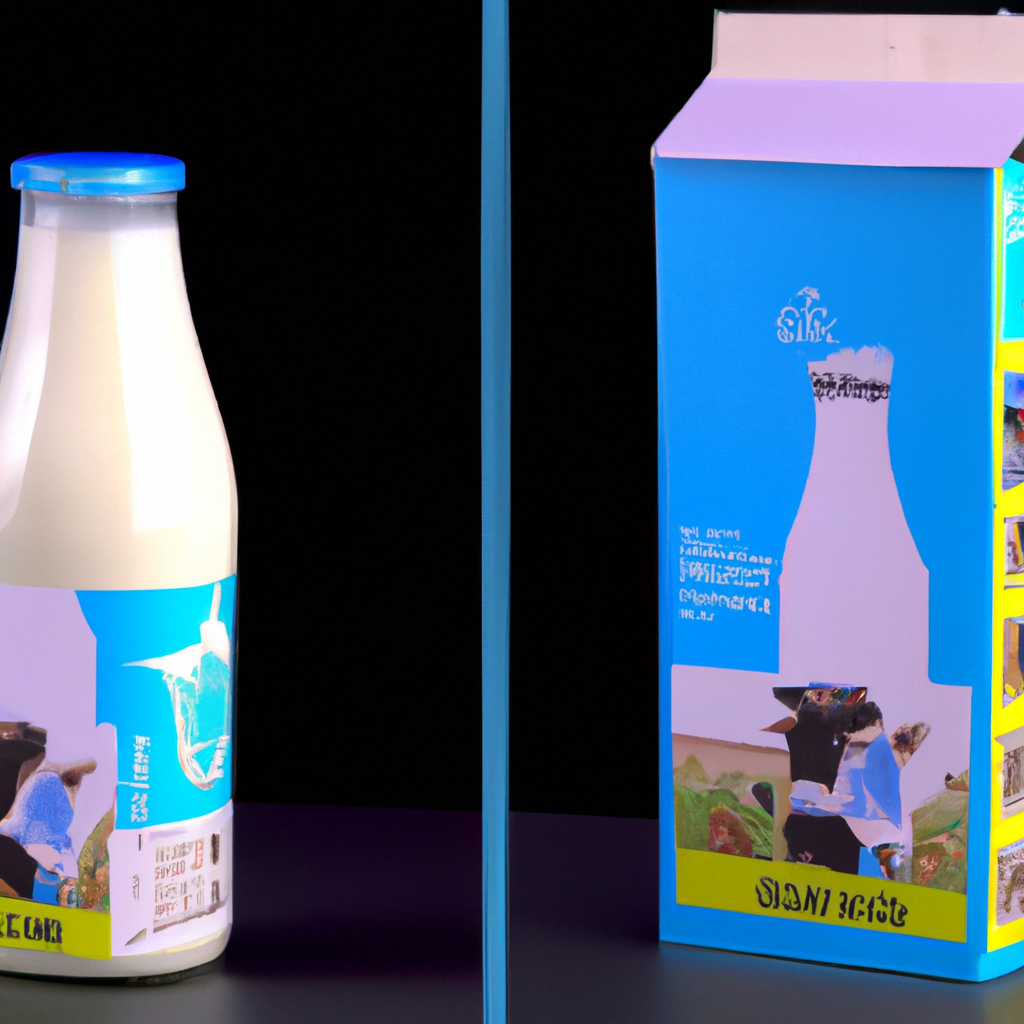
Packaging Trends in the Dairy Industry

Introduction
The dairy industry is one of the largest and most important sectors in the food industry. It is responsible for producing a wide range of products, including milk, cheese, yogurt, and butter. The packaging of these products is crucial for their preservation, transportation, and marketing. In recent years, the dairy industry has witnessed significant changes in packaging trends, driven by consumer preferences, technological advancements, and sustainability concerns. This article will explore some of the latest packaging trends in the dairy industry and their implications for the future.
1. Convenience and Portability
One of the most significant packaging trends in the dairy industry is the increasing demand for convenience and portability. Consumers are looking for products that are easy to carry, store, and consume on-the-go. This trend has led to the development of new packaging formats, such as single-serve cups, pouches, and bottles.
Single-serve cups are a popular packaging format for yogurt, pudding, and other dairy products. They are convenient for consumers who want to grab a quick snack or breakfast on their way to work or school. Single-serve cups also offer portion control, which is important for health-conscious consumers. According to a report by Grand View Research, the global market for single-serve packaging is expected to reach $63.6 billion by 2025, driven by the demand for convenience and sustainability.
Pouches are another popular packaging format for dairy products, especially for cheese and butter. Pouches are lightweight, flexible, and easy to open, making them ideal for on-the-go consumption. They also offer better shelf life and reduce food waste compared to traditional packaging formats. According to a report by Technavio, the global market for flexible packaging is expected to grow at a CAGR of 5% between 2020 and 2024, driven by the demand for convenience and sustainability.
Bottles are a popular packaging format for milk and other liquid dairy products. They are convenient for consumers who want to store and pour their milk easily. Bottles also offer better protection against contamination and spoilage compared to other packaging formats. According to a report by Research and Markets, the global market for milk packaging is expected to grow at a CAGR of 4.5% between 2020 and 2025, driven by the demand for convenience and sustainability.
2. Sustainability and Environmental Concerns
Another significant packaging trend in the dairy industry is the increasing focus on sustainability and environmental concerns. Consumers are becoming more aware of the impact of packaging on the environment and are looking for products that are eco-friendly and sustainable. This trend has led to the development of new packaging materials, such as biodegradable plastics, paper-based packaging, and reusable containers.
Biodegradable plastics are a popular packaging material for dairy products, especially for single-serve cups and pouches. Biodegradable plastics are made from renewable resources, such as corn starch, and can decompose naturally in the environment. They offer a sustainable alternative to traditional plastics, which can take hundreds of years to decompose. According to a report by MarketsandMarkets, the global market for biodegradable plastics is expected to grow at a CAGR of 14.5% between 2020 and 2025, driven by the demand for sustainable packaging.
Paper-based packaging is another popular packaging material for dairy products, especially for cheese and butter. Paper-based packaging is made from renewable resources, such as wood pulp, and can be recycled or composted after use. They offer a sustainable alternative to plastic packaging, which is non-biodegradable and can harm the environment. According to a report by Smithers, the global market for paper-based packaging is expected to reach $392 billion by 2024, driven by the demand for sustainable packaging.
Reusable containers are a popular packaging format for milk and other liquid dairy products. Reusable containers are made from durable materials, such as glass or stainless steel, and can be refilled and reused multiple times. They offer a sustainable alternative to single-use packaging, which generates a lot of waste and pollution. According to a report by Grand View Research, the global market for reusable packaging is expected to reach $108.3 billion by 2025, driven by the demand for sustainable packaging.
3. Branding and Marketing
Packaging is not only important for the preservation and transportation of dairy products but also for branding and marketing. Packaging can influence consumer perception and purchase decisions, and can differentiate a product from its competitors. This trend has led to the development of new packaging designs, materials, and technologies that enhance the visual appeal and functionality of dairy products.
Packaging designs are becoming more creative and innovative, with bold colors, graphics, and typography. Packaging designs can communicate the brand identity, product features, and benefits, and can attract consumers’ attention on the shelves. According to a report by Mintel, 64% of consumers agree that packaging design influences their purchase decisions, and 72% of consumers are willing to pay more for products with sustainable packaging.
Packaging materials are also becoming more diverse and sophisticated, with new textures, finishes, and shapes. Packaging materials can enhance the tactile experience of consumers and create a premium look and feel. For example, cheese packaging can have a matte finish to mimic the texture of cheese, or yogurt packaging can have a curved shape to fit the hand comfortably. According to a report by Smithers, the global market for premium packaging is expected to reach $433 billion by 2024, driven by the demand for high-quality packaging.
Packaging technologies are also advancing rapidly, with new features, such as QR codes, augmented reality, and smart sensors. Packaging technologies can provide consumers with additional information, such as nutritional facts, recipes, and origin, and can enhance the interactive experience of consumers. For example, milk packaging can have a QR code that links to a video of the farm where the milk was produced, or yogurt packaging can have an augmented reality feature that shows the ingredients and benefits of the product. According to a report by Technavio, the global market for smart packaging is expected to grow at a CAGR of 6% between 2020 and 2024, driven by the demand for interactive packaging.
Conclusion
Packaging trends in the dairy industry are evolving rapidly, driven by consumer preferences, technological advancements, and sustainability concerns. Convenience and portability, sustainability and environmental concerns, and branding and marketing are some of the most significant packaging trends in the dairy industry. These trends are shaping the future of the dairy industry and are creating new opportunities for innovation and growth. As consumers become more conscious of the impact of packaging on the environment and their health, the dairy industry will need to adapt and embrace new packaging solutions that meet their needs and expectations.
